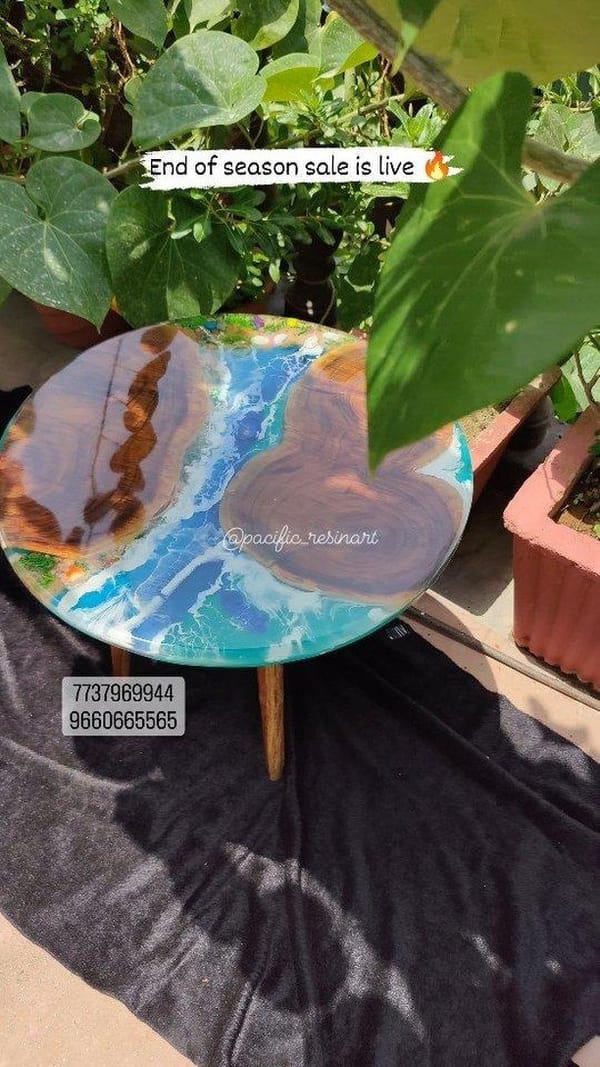20 Backyard Vegetable Garden Ideas [Grow Your Own Fresh Produce]
![20 Backyard Vegetable Garden Ideas [Grow Your Own Fresh Produce]](/content/images/size/w1200/2025/03/Backyard-Vegetable-Garden-Ideas.jpg)
Have you ever dreamed of stepping into your backyard and picking fresh vegetables for dinner? A backyard vegetable garden is not only a rewarding way to grow your own food but also a great way to connect with nature and reduce your carbon footprint. Whether you’re a seasoned gardener or a beginner, these 20 backyard vegetable garden ideas will inspire you to create a thriving, sustainable garden right at home.
1. Raised Garden Beds
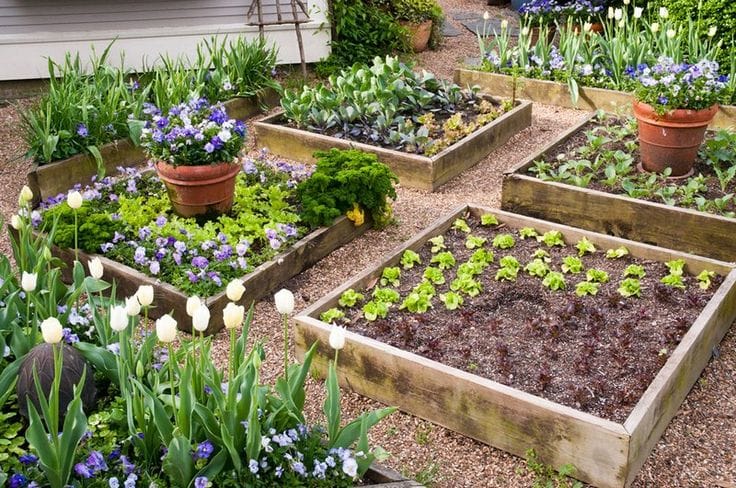
Raised garden beds are perfect for controlling soil quality and preventing weeds. Use untreated wood or stone to build the beds and fill them with nutrient-rich soil. This setup is ideal for growing vegetables like tomatoes, peppers, and lettuce.
2. Vertical Gardening
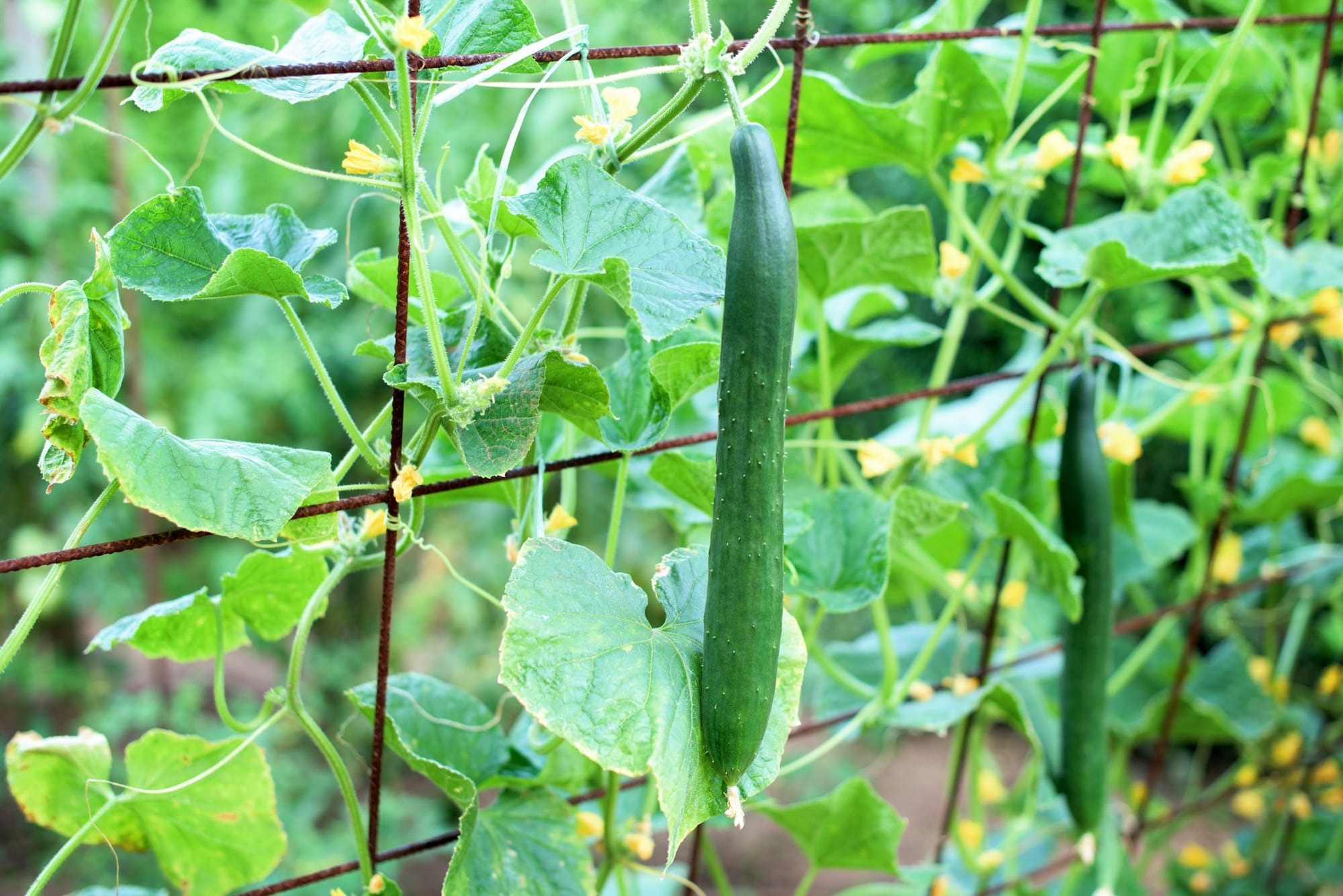
Maximize space by growing vegetables vertically. Use trellises, fences, or hanging planters for climbing plants like beans, peas, and cucumbers. This method is perfect for small backyards.
3. Container Gardening
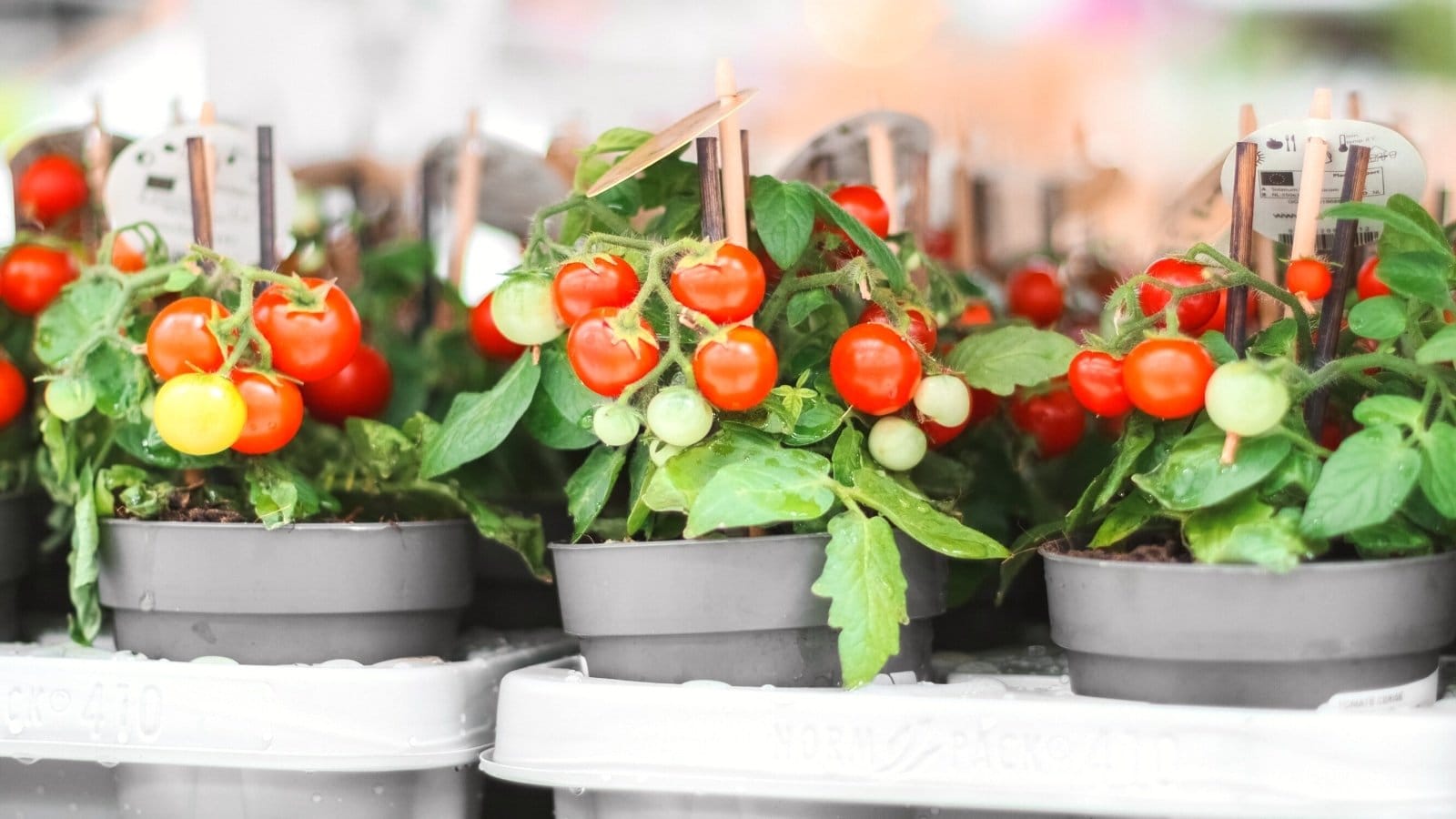
No space for a traditional garden? Use containers! Pots, buckets, or even old tires can be used to grow vegetables like tomatoes, peppers, and herbs. Place them on patios, balconies, or along walkways.
4. Companion Planting
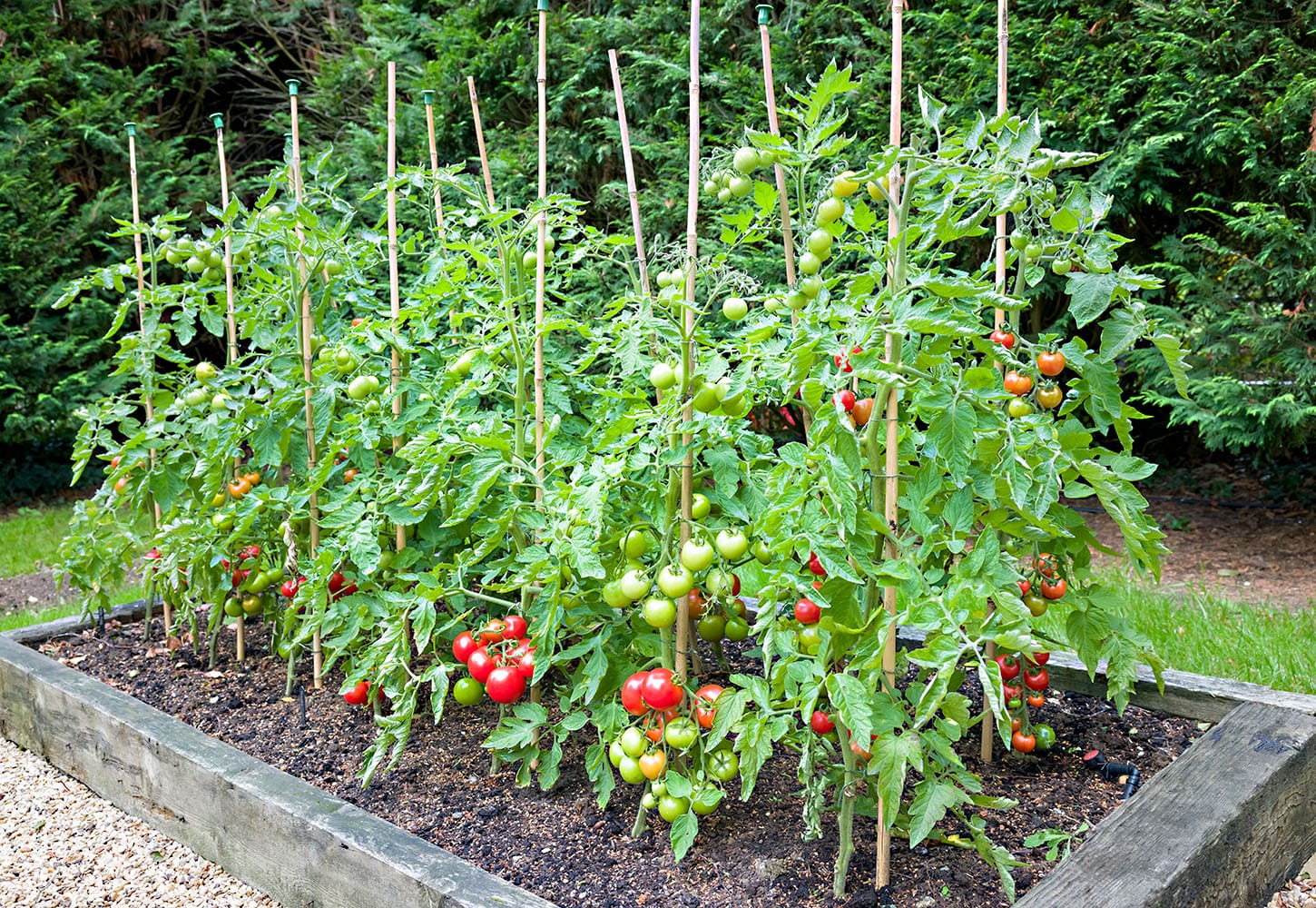
Companion planting involves growing plants that benefit each other. For example, plant basil next to tomatoes to improve flavor and deter pests. This method promotes a healthy, balanced garden ecosystem.
5. Square Foot Gardening
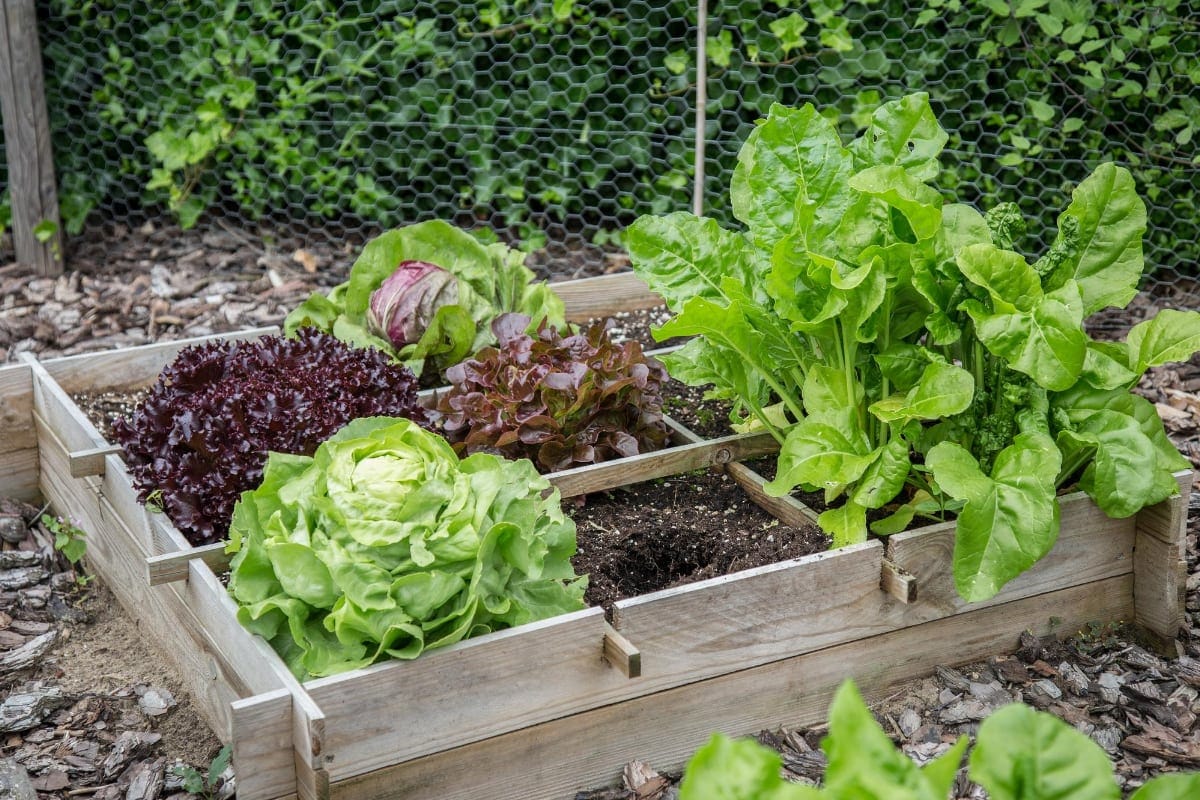
Square foot gardening divides your garden into small, manageable sections. Each square is planted with a different vegetable, making it easy to organize and maintain. This method is great for beginners.
6. Herb Spiral
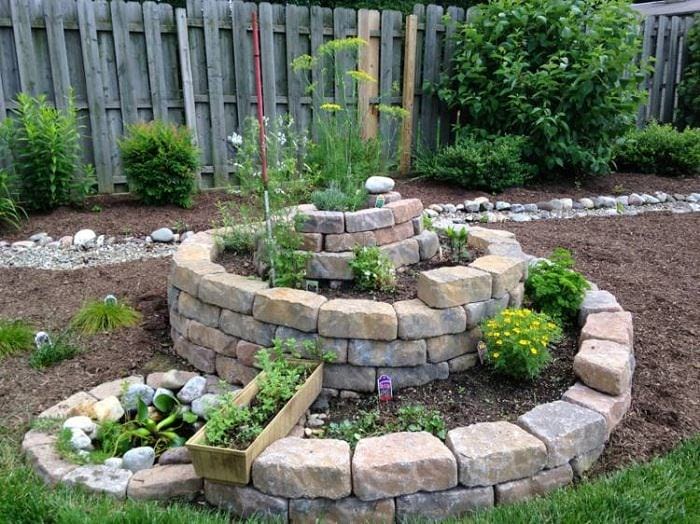
Create a herb spiral using stones or bricks to grow a variety of herbs in a small space. The spiral design allows for different microclimates, perfect for herbs like rosemary, thyme, and mint.
7. Edible Landscaping
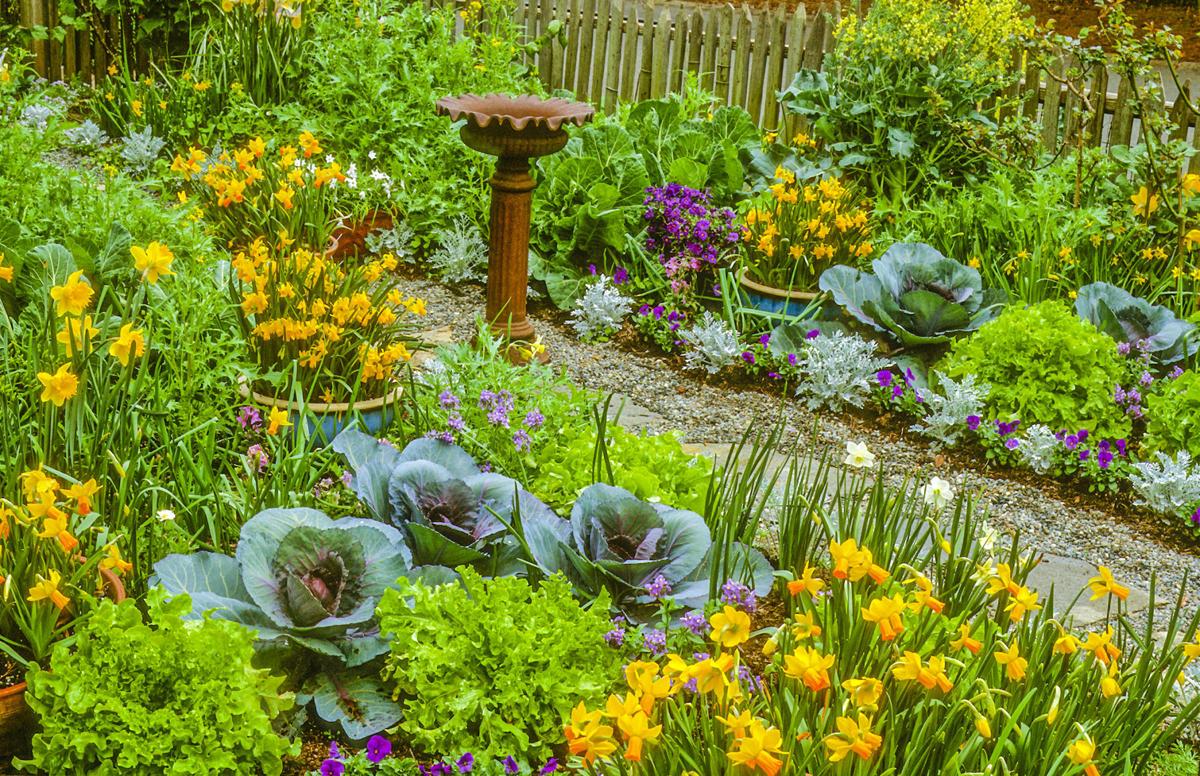
Blend vegetables into your existing landscape. Plant colorful vegetables like rainbow chard, purple cabbage, or red lettuce alongside flowers for a beautiful and functional garden.
8. Greenhouse Gardening
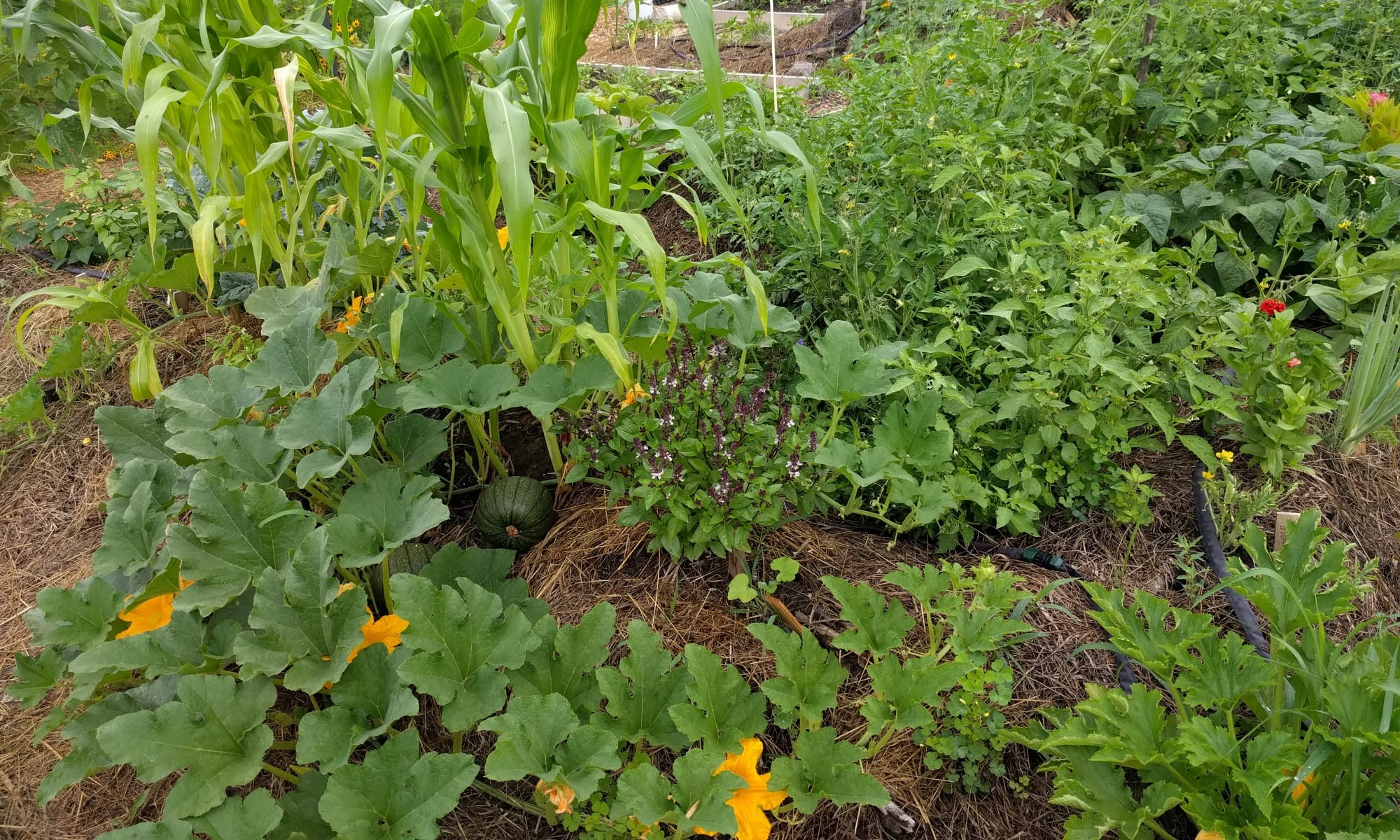
Extend your growing season with a backyard greenhouse. Start seeds early and grow heat-loving vegetables like peppers and eggplants year-round.
9. Rainwater Harvesting System
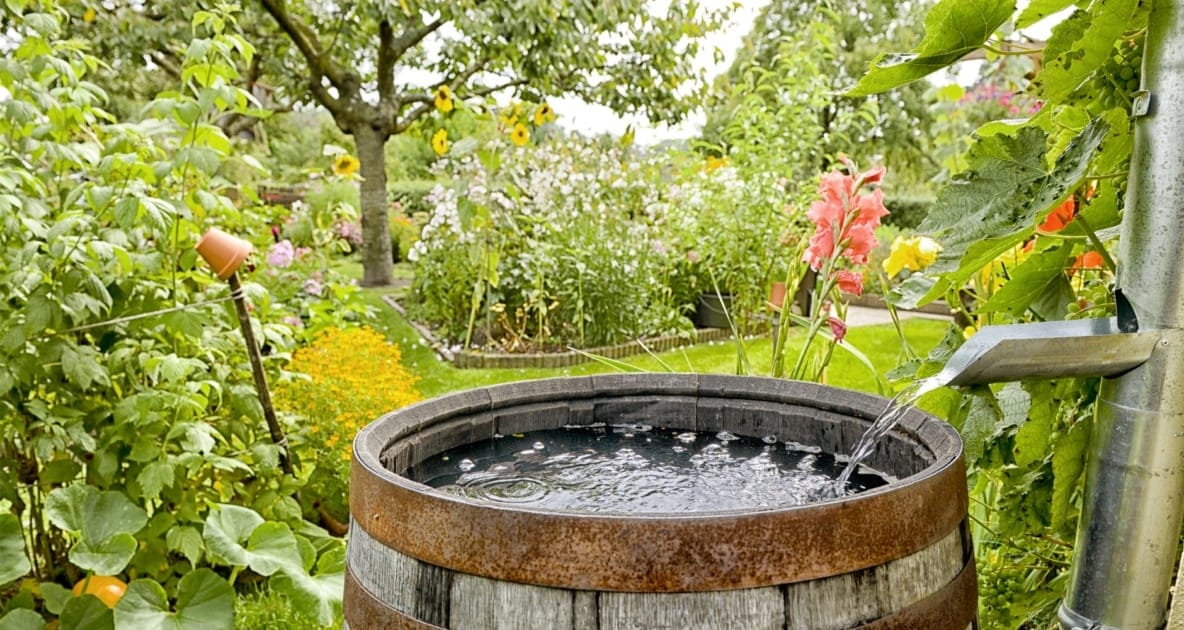
Install a rainwater harvesting system to collect and store rainwater for your garden. This sustainable practice reduces water waste and ensures your vegetables get natural, chemical-free water.
10. Pollinator-Friendly Garden

Attract bees and butterflies by planting pollinator-friendly vegetables like squash, cucumbers, and beans. Add flowers like marigolds and sunflowers to create a vibrant, eco-friendly garden.
11. No-Dig Garden
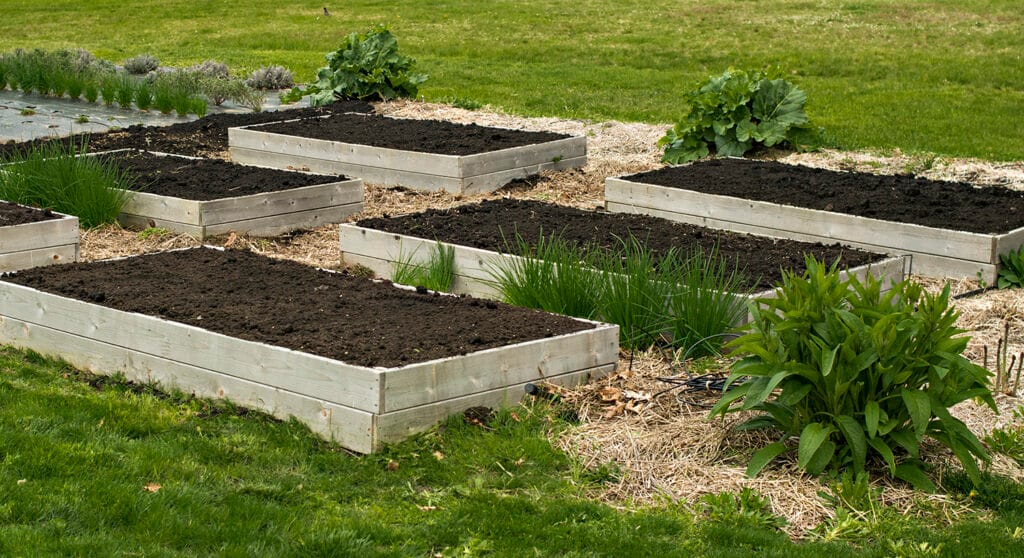
A no-dig garden involves layering compost, mulch, and organic materials directly on the ground. This method improves soil health and reduces the need for tilling, making it perfect for growing root vegetables like carrots and potatoes.
12. Seasonal Planting
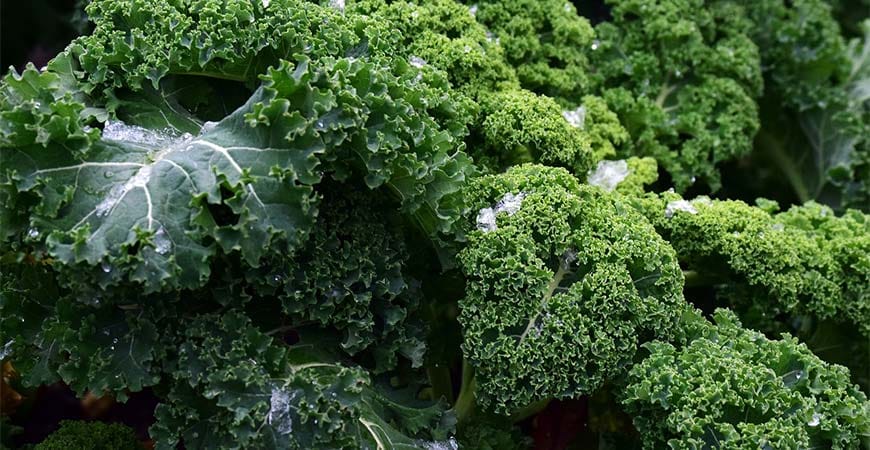
Plan your garden according to the seasons. Grow cool-season vegetables like kale and spinach in spring and fall, and heat-loving plants like tomatoes and peppers in summer.
13. Edible Pathways
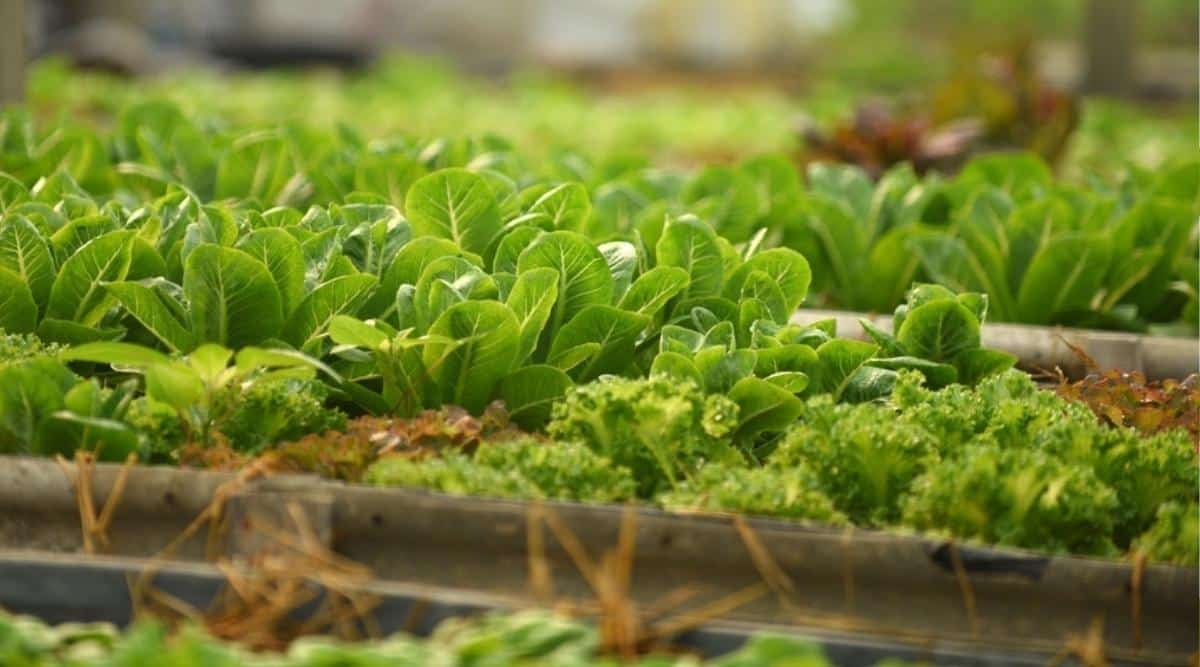
Line your garden pathways with low-growing vegetables like lettuce, arugula, or strawberries. This creative use of space adds beauty and functionality to your backyard.
14. DIY Compost Bin
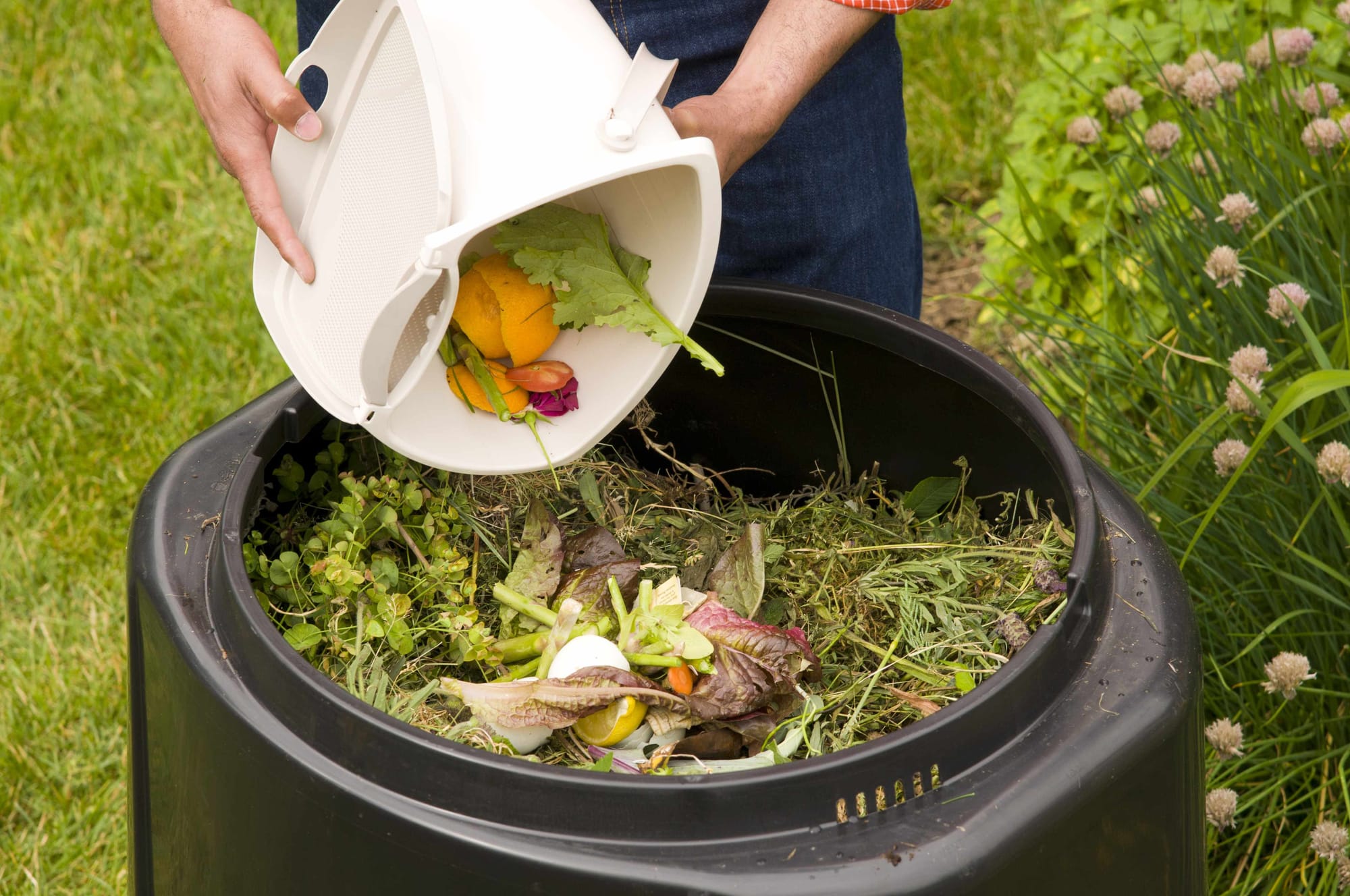
Create a compost bin using wood pallets or a plastic container. Composting kitchen scraps and yard waste provides nutrient-rich soil for your vegetable garden.
15. Shade Garden
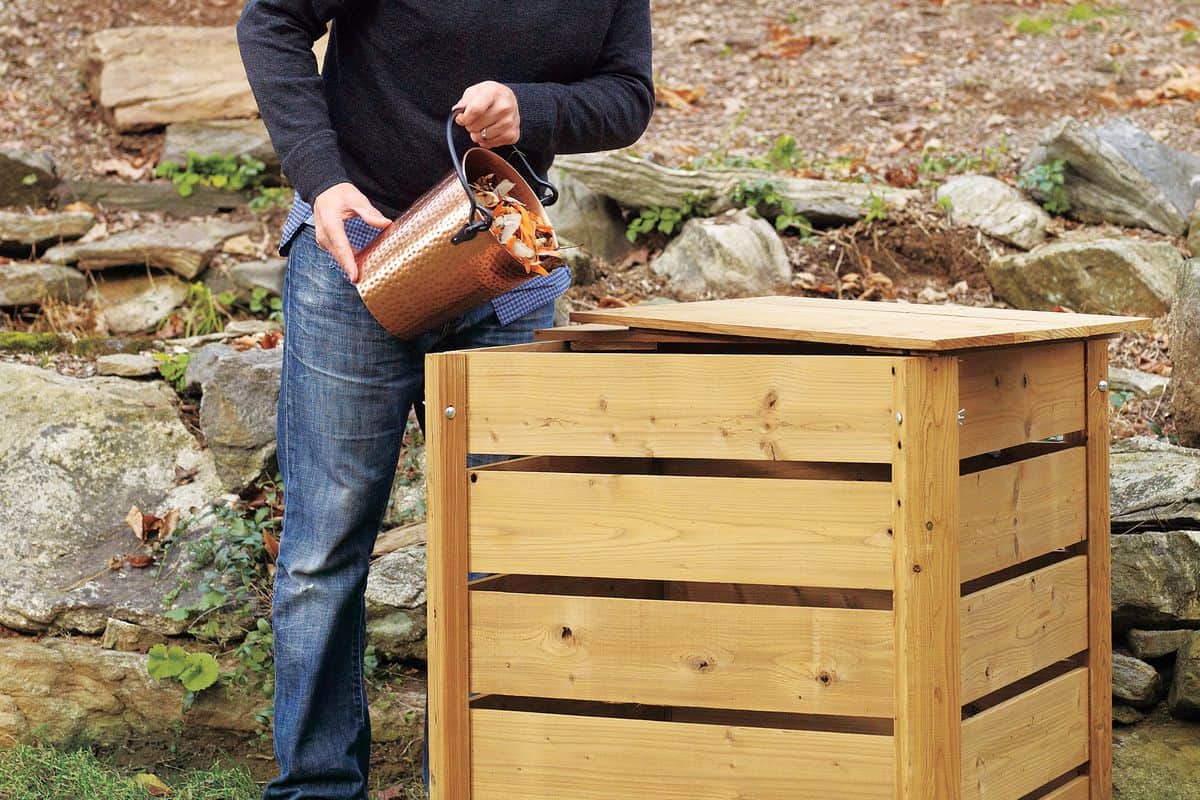
If your backyard has shaded areas, grow vegetables that thrive in low light, such as spinach, kale, and broccoli. Use reflective mulch to maximize available sunlight.
16. Interplanting
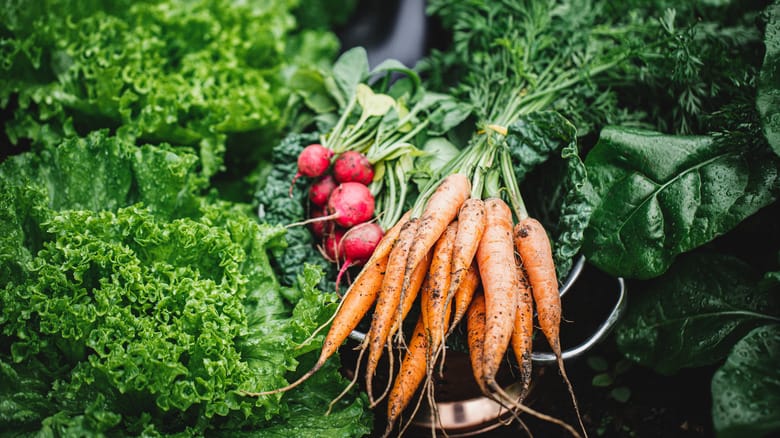
Interplant fast-growing vegetables like radishes or lettuce between slower-growing plants like carrots or tomatoes. This maximizes space and ensures a continuous harvest.
17. DIY Garden Markers
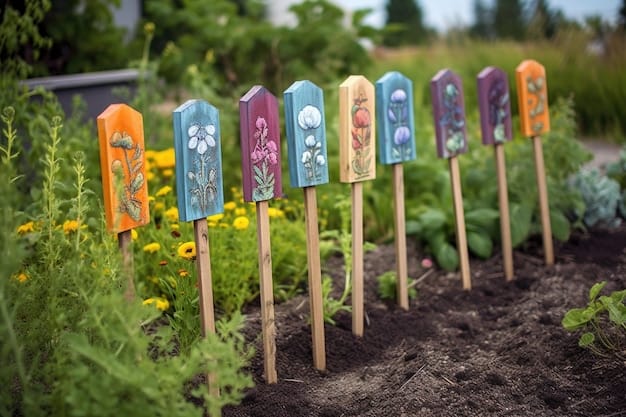
Create garden markers using rocks, popsicle sticks, or recycled materials. Labeling your plants helps you stay organized and adds a personal touch to your garden.
18. Drip Irrigation System

Install a drip irrigation system to deliver water directly to the roots of your plants. This efficient method conserves water and ensures your vegetables get the moisture they need.
19. Wildlife-Friendly Garden
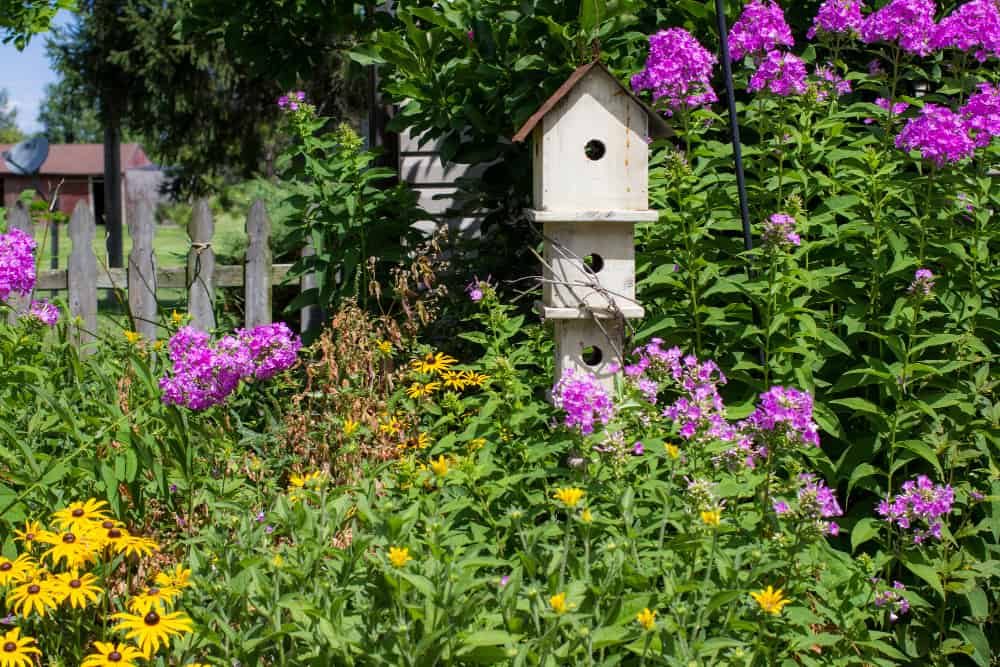
Encourage beneficial wildlife like birds and ladybugs by adding birdhouses, birdbaths, and insect-friendly plants. These creatures help control pests and pollinate your garden.
20. Community Garden Plot
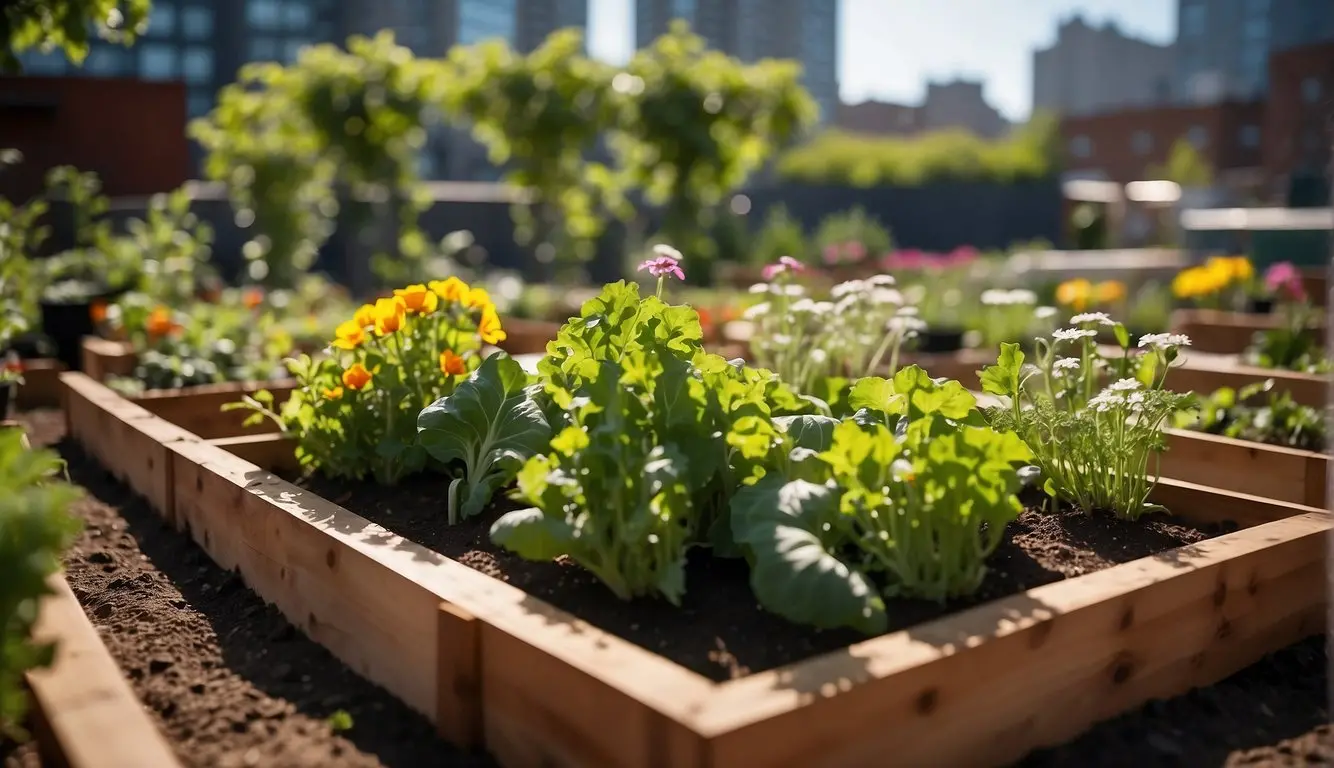
If you have limited space, consider joining or starting a community garden. Sharing a plot with neighbors fosters a sense of community and allows you to grow a wider variety of vegetables.
By implementing these backyard vegetable garden ideas, you can create a productive, sustainable, and beautiful garden that provides fresh produce for your family. Whether you have a large yard or a small balcony, there’s a gardening solution for everyone. Happy gardening!


